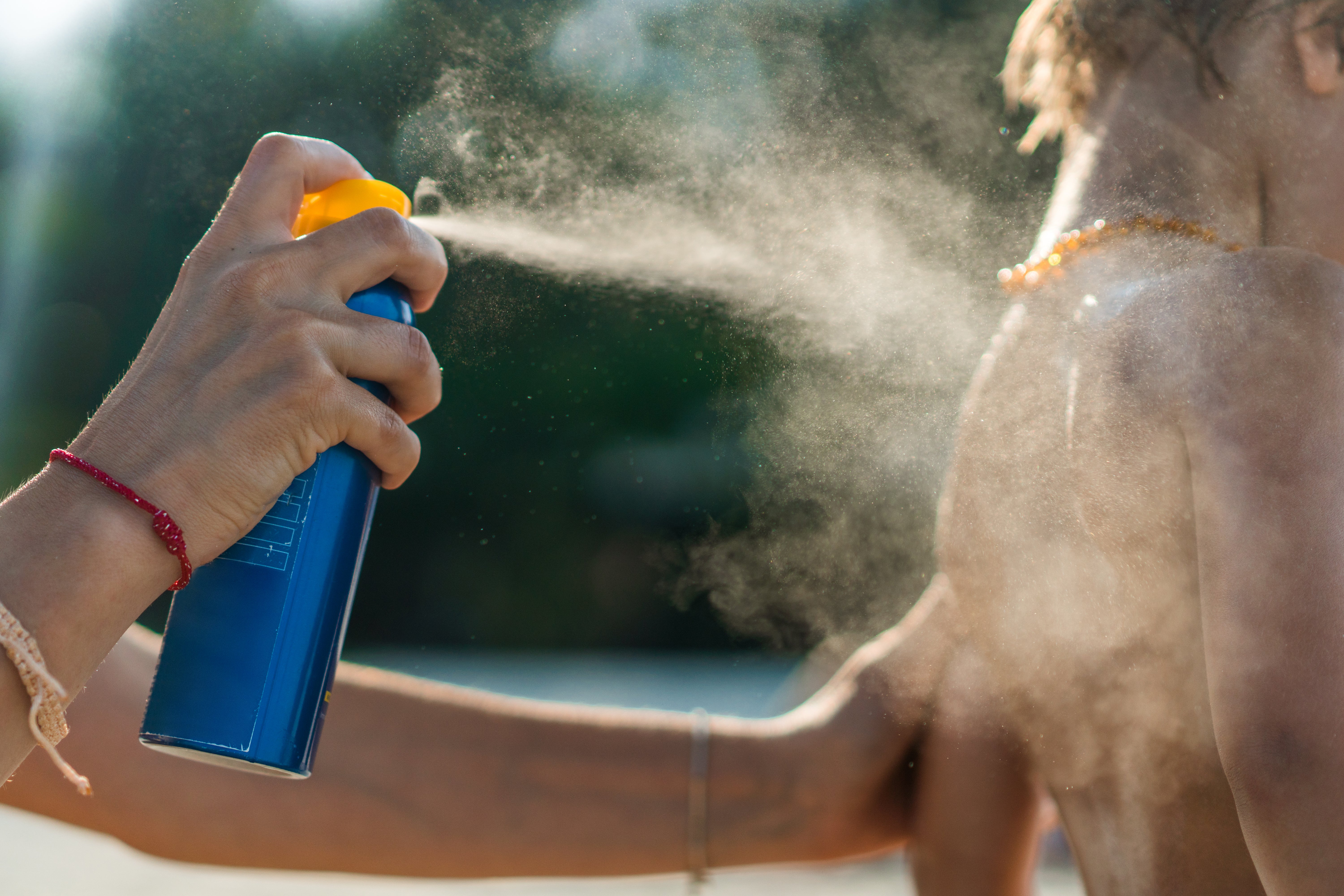How much sunscreen should you use and how often do you need to apply it?
Most people only apply 25 to 50 percent of recommended amount

Your support helps us to tell the story
From reproductive rights to climate change to Big Tech, The Independent is on the ground when the story is developing. Whether it's investigating the financials of Elon Musk's pro-Trump PAC or producing our latest documentary, 'The A Word', which shines a light on the American women fighting for reproductive rights, we know how important it is to parse out the facts from the messaging.
At such a critical moment in US history, we need reporters on the ground. Your donation allows us to keep sending journalists to speak to both sides of the story.
The Independent is trusted by Americans across the entire political spectrum. And unlike many other quality news outlets, we choose not to lock Americans out of our reporting and analysis with paywalls. We believe quality journalism should be available to everyone, paid for by those who can afford it.
Your support makes all the difference.Slathering on sunscreen, especially on sunny days, is necessary to keep your skin safe from damage.
But with different brands, SPFs, formulas, and methods of applying, it can be difficult to decipher just how much sunscreen you need to keep protected from the sun’s strong rays.
Fortunately, most dermatologists recommend a few main sunscreen application tips to keep your skin safe from the unrelenting glare.
According to the American Academy of Dermatology (AAD), one of the most important things to know is how much sunscreen you need to apply.
Although most people are aware that sunscreen needs to be reapplied, knowing how much to use is an integral part of the equation – especially because the application process varies when it comes to different formulas.
As a general rule for lotions and creams, the AAD recommends following the guideline of one ounce, or enough sunscreen to fill a shot glass, and then adjusting from there depending on your body size.
It may seem like a lot, but a shot glass-full dollop of sunscreen is typically enough to cover the exposed areas of the body from head to toe.
Sunscreen sprays are often considered less of a hassle than lotions, but it also means you need to be especially careful when applying in order to get the full SPF amount – and to keep from missing a spot on your body.

The necessary amount of coverage for a spray suncreen to be effective requires at least six seconds of spraying in each spot – roughly four seconds more than most people use.
Those opting for spray sunscreen should also rub the formula into the skin after spraying, especially if you are already outdoors, as the method can result in uneven coverage and unprotected skin, according to the AAD.
With sticks, often used for facial coverage, applying generously all over the face at least twice is recommended – and remembering your ears and eyelids is key.
As for the SPF and traits to look for in a sunscreen, the AAD recommends choosing a sunscreen that is at least 30 SPF or higher and offers broad-spectrum protection against both UVA and UVB rays - and applying 15 to 30 minutes before stepping outside.
When it comes to reapplying, the AAD advises people to reapply their sunscreen at least every two hours while outside, even when it is cloudy. If you are swimming or sweating, you should reapply more frequently, such as every time you exit the pool or ocean.
And before you head outside, make sure your sunscreen hasn't expired, as most formulas last about two to three years before they need to be replaced.
Join our commenting forum
Join thought-provoking conversations, follow other Independent readers and see their replies
Comments